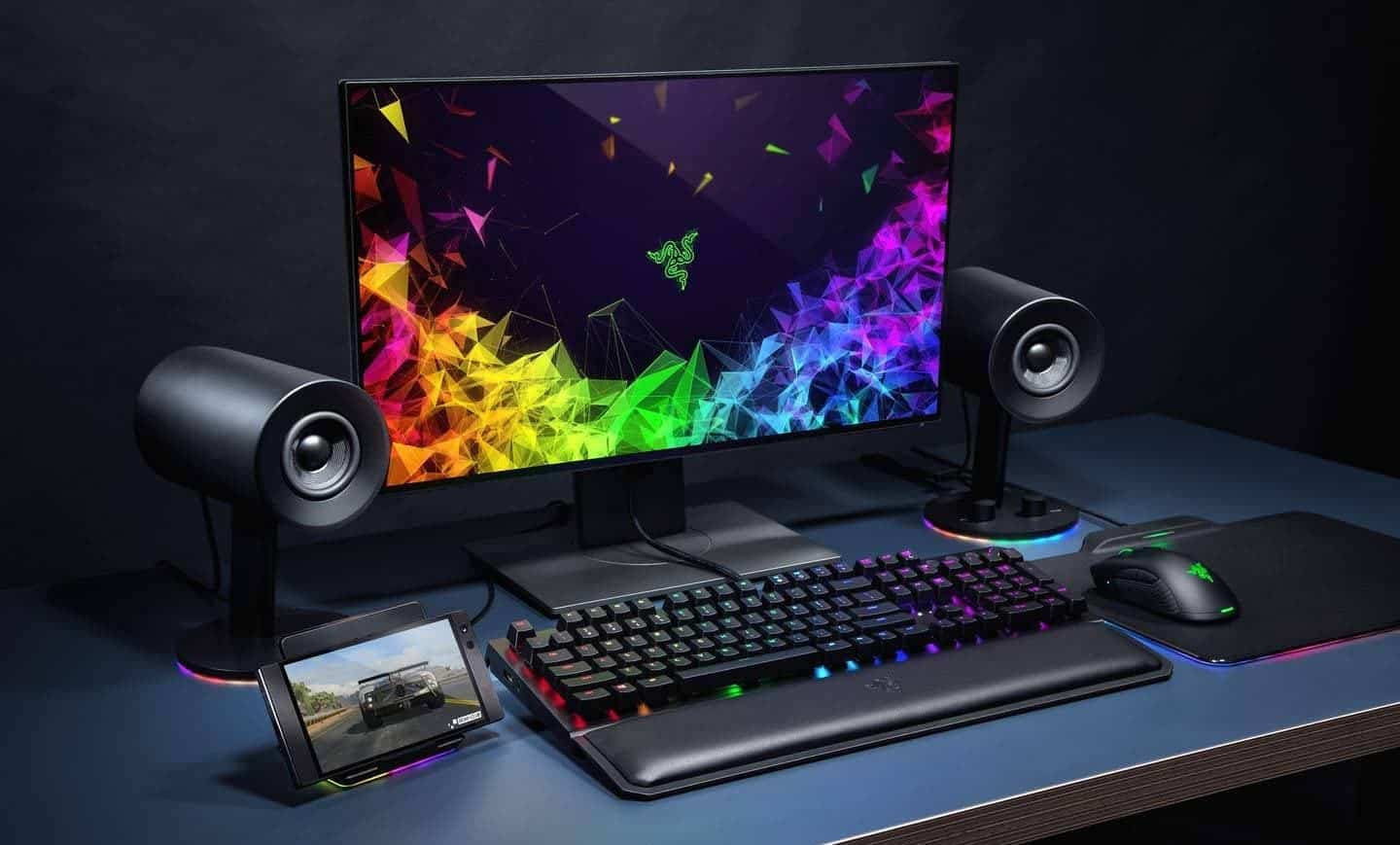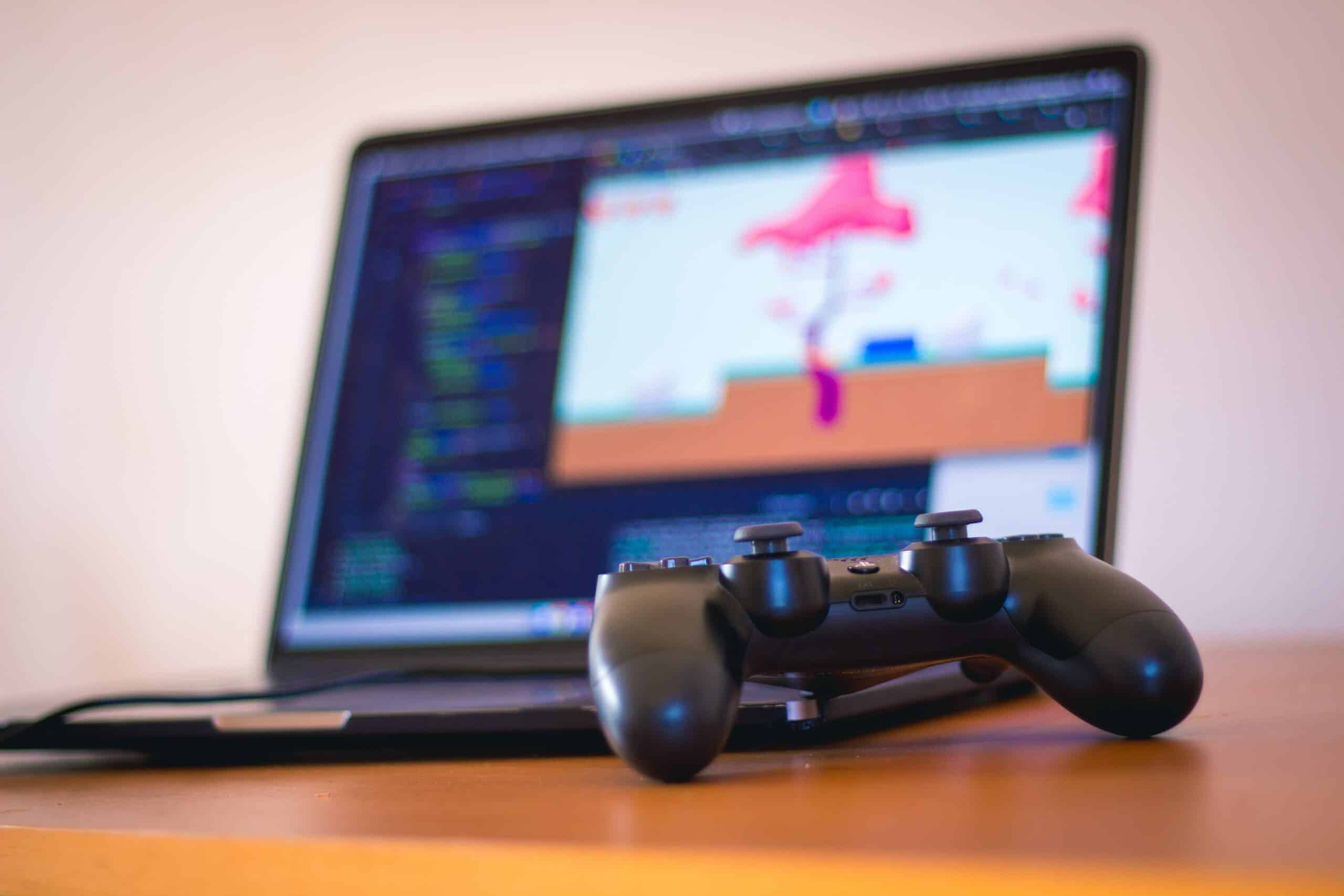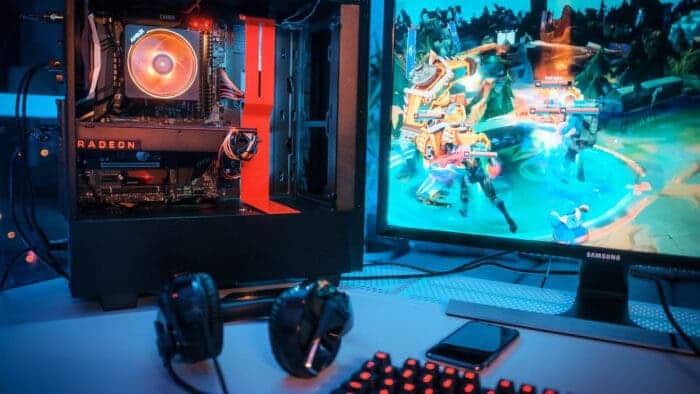Building a gaming PC is an exciting and rewarding experience that allows you to customize and optimize your gaming experience to your liking. Whether you’re a professional gamer or just looking to get into PC gaming, building your own gaming PC can be a great way to get the most out of your gaming experience. In this article, we’ll walk you through the process of building a gaming PC, from selecting the components to assembling the final product.
Building a Gaming PC: A Step-by-Step Guide to Creating Your Ultimate Gaming PC

Step 1: Set a Budget
The first step in building a gaming PC is to set a budget. This will determine the quality of components you can afford and the type of gaming experience you’ll get. You can build a gaming PC for as little as $500, but if you want high-end components, you may need to spend upwards of $2,000. Determine what you can afford and what kind of gaming experience you want before moving on to the next step.
Step 2: Choose Your Components
Once you’ve set your budget, it’s time to choose your components. There are several key components you’ll need to build a gaming PC, including a CPU, GPU, RAM, storage, power supply, and case.
- CPU: The CPU is the brain of your PC and determines how fast it can perform tasks. Intel and AMD both offer a wide range of CPUs, with Intel generally offering better single-core performance and AMD offering better multi-core performance.
- GPU: The GPU, or graphics card, determines how well your PC can render graphics and play games. NVIDIA and AMD are the two main manufacturers of GPUs, and they offer a range of options at different price points.
- RAM: RAM, or random access memory, is the temporary storage used by your PC to run programs. The more RAM you have, the better your PC will perform. Aim for at least 8GB of RAM, but 16GB or more is recommended for gaming.
- Storage: You’ll need storage to install games and store files. SSDs are faster than traditional hard drives, but they’re more expensive. Consider getting a smaller SSD for your operating system and frequently used programs, and a larger hard drive for storage.
- Power Supply: The power supply unit (PSU) provides power to your PC. Make sure to choose a PSU that can supply enough power for your components and has good efficiency to save on electricity bills.
- Case: Choose a case that fits your components and has good airflow for cooling. There are many options available, with different sizes, styles, and features.
Step 3: Assemble Your Components
Once you’ve selected your components, it’s time to assemble them. This can be a daunting task for beginners, but there are many online guides and tutorials available to guide you through the process. Make sure to follow the instructions carefully and take your time to avoid damaging your components.
Start by installing the CPU and RAM onto the motherboard, then install the motherboard into the case. Install the power supply, storage drives, and GPU, then connect all the cables and wires. Make sure everything is securely fastened and connected, and double-check that all the components are compatible with each other.
Step 4: Install and Configure Your Operating System
Once your components are assembled, it’s time to install your operating system (OS). Windows 10 is the most popular OS for gaming, but you can also use Linux or macOS if you prefer. Insert your OS installation media into your PC and boot up your computer. Follow the on-screen instructions to install your OS.
After installing your OS, it’s time to configure your PC. Install the necessary drivers for your components, update your OS and drivers, and optimize your settings for gaming performance. You can also install additional software and programs for gaming and productivity.
Step 5: Test and Benchmark Your PC
Once your PC is set up and configured, it’s time to test and benchmark your PC. Run stress tests and benchmarking software to ensure that your PC is running properly and is performing at optimal levels. This will also help you identify any potential issues and troubleshoot them before they become major problems.
Step 6: Enjoy Your Gaming PC
Congratulations, you’ve built your own gaming PC! Now it’s time to enjoy your new gaming rig. Install your favorite games, adjust your settings for optimal performance, and immerse yourself in the world of PC gaming. You can also continue to upgrade and customize your PC over time to get even better performance and a more personalized gaming experience.
Tips and tricks for building a gaming PC:

- Do your research. Before you start buying parts, it’s important to do your research and figure out what kind of gaming PC you want. What games do you want to play? What resolution do you want to play at? How much are you willing to spend? Once you have a good understanding of your needs, you can start to put together a parts list.
- Set a budget. Building a gaming PC can be expensive, so it’s important to set a budget before you start shopping. This will help you avoid overspending and make sure you’re getting the most bang for your buck.
- Buy quality parts. When you’re building a gaming PC, it’s important to buy quality parts. This will ensure that your PC is able to handle the latest games and last for years to come.
- Don’t forget the peripherals. In addition to the basic components, you’ll also need to buy some peripherals for your gaming PC. This includes a monitor, keyboard, mouse, and speakers.
- Take your time. Building a gaming PC is not a race. It’s important to take your time and make sure you’re doing everything correctly. If you rush, you’re more likely to make mistakes that could damage your components.
- Ask for help. If you’re feeling overwhelmed, don’t be afraid to ask for help. There are plenty of resources available online and in your local community.
Here are some additional tips:
- Use a static-free mat. This will help prevent static electricity from damaging your components.
- Read the instructions. This may seem obvious, but it’s important to read the instructions that come with your components. This will help you avoid making mistakes.
- Take pictures. If you’re not sure how to do something, take pictures along the way. This will help you troubleshoot any problems that you may encounter.
- Don’t be afraid to ask for help. If you’re stuck, don’t be afraid to ask for help from a friend, family member, or online forum.
Building a gaming PC can be a rewarding experience. By following these tips, you can build a PC that will last for years to come.
Conclusion
In conclusion, building a gaming PC can be a fun and rewarding experience, but it does require some planning, research, and technical knowledge. By setting a budget, choosing the right components, assembling them carefully, configuring your PC, and testing it thoroughly, you can create a high-performance gaming PC that meets your needs and preferences. Don’t be afraid to seek out online resources, tutorials, and forums for help and advice along the way. With patience, perseverance, and a little bit of know-how, you can build a gaming PC that delivers an immersive, high-quality gaming experience for years to come.





